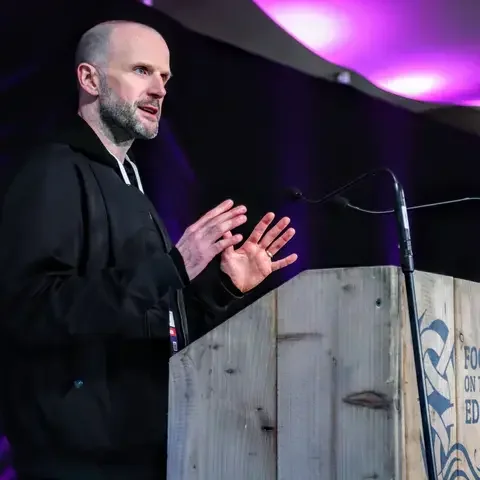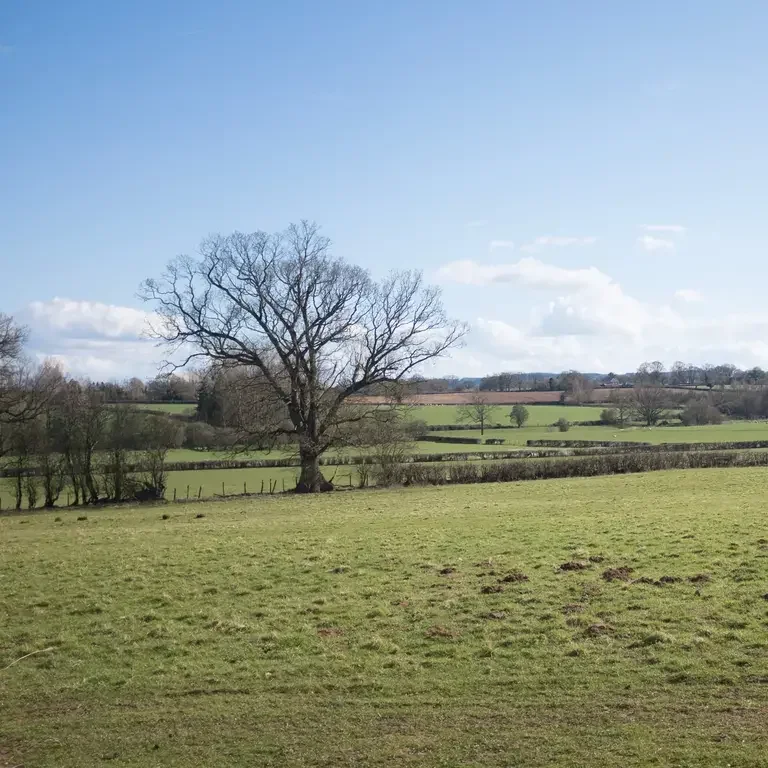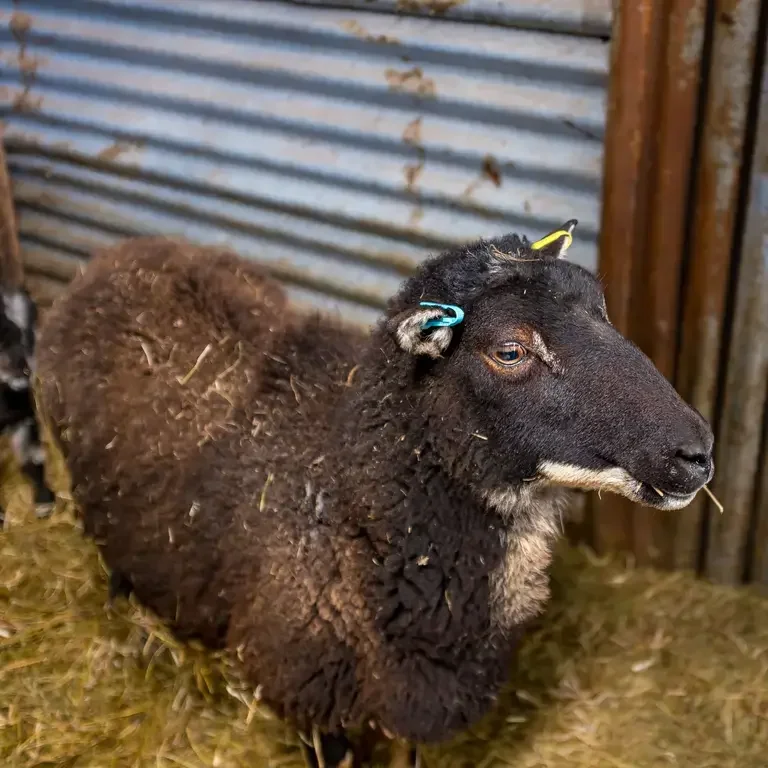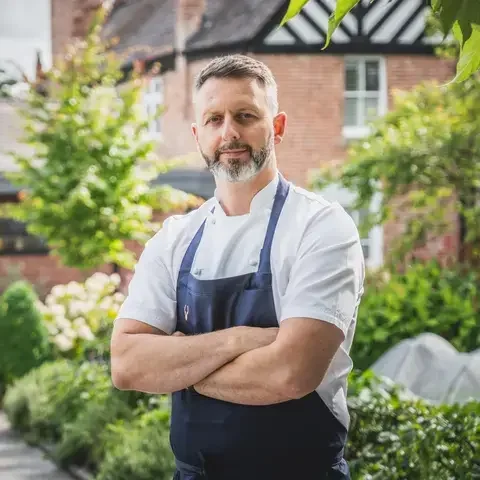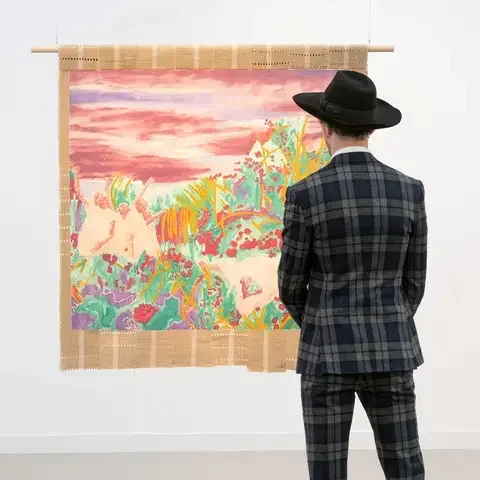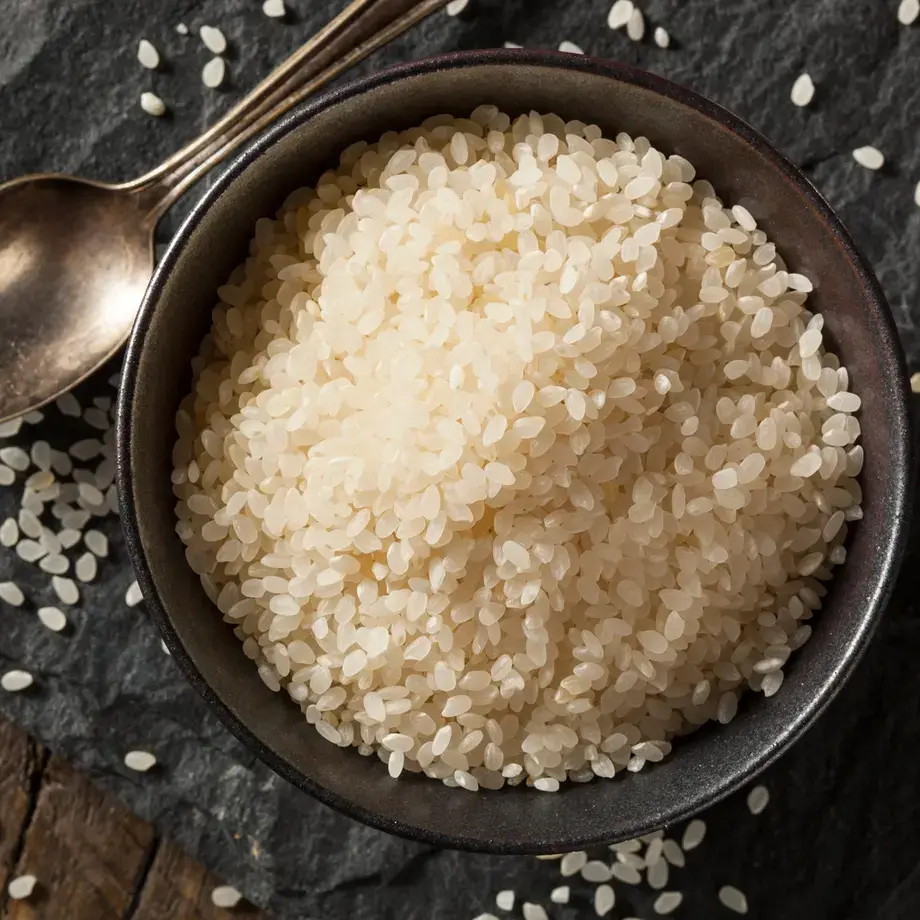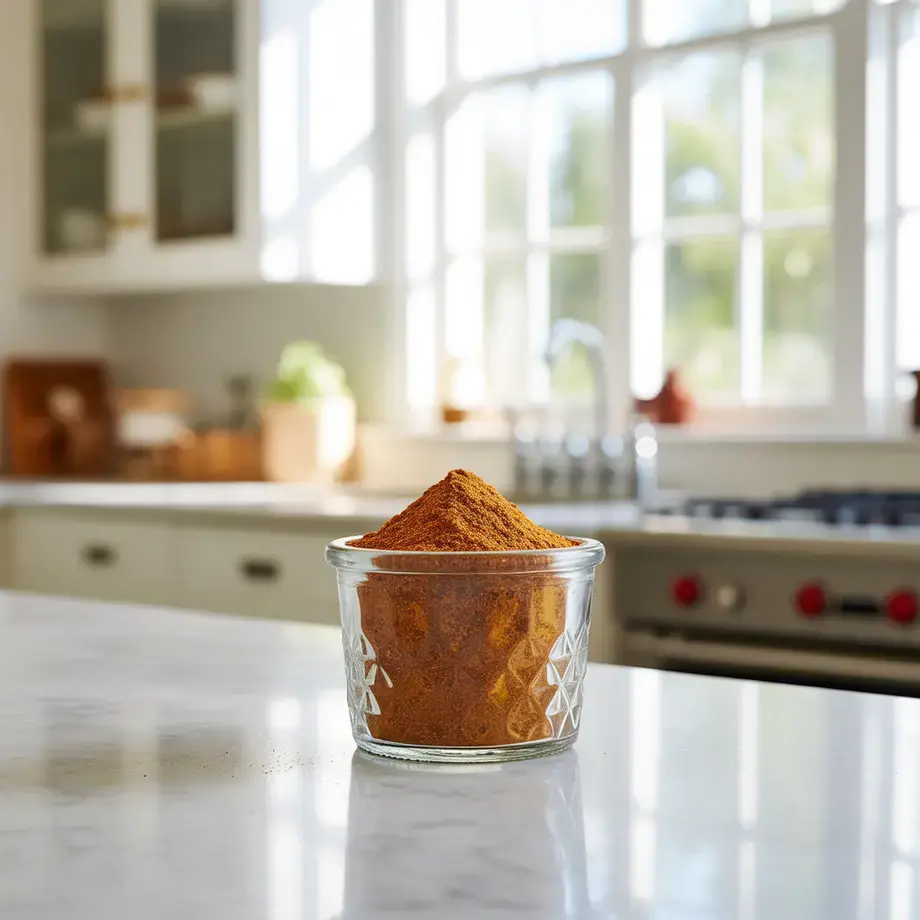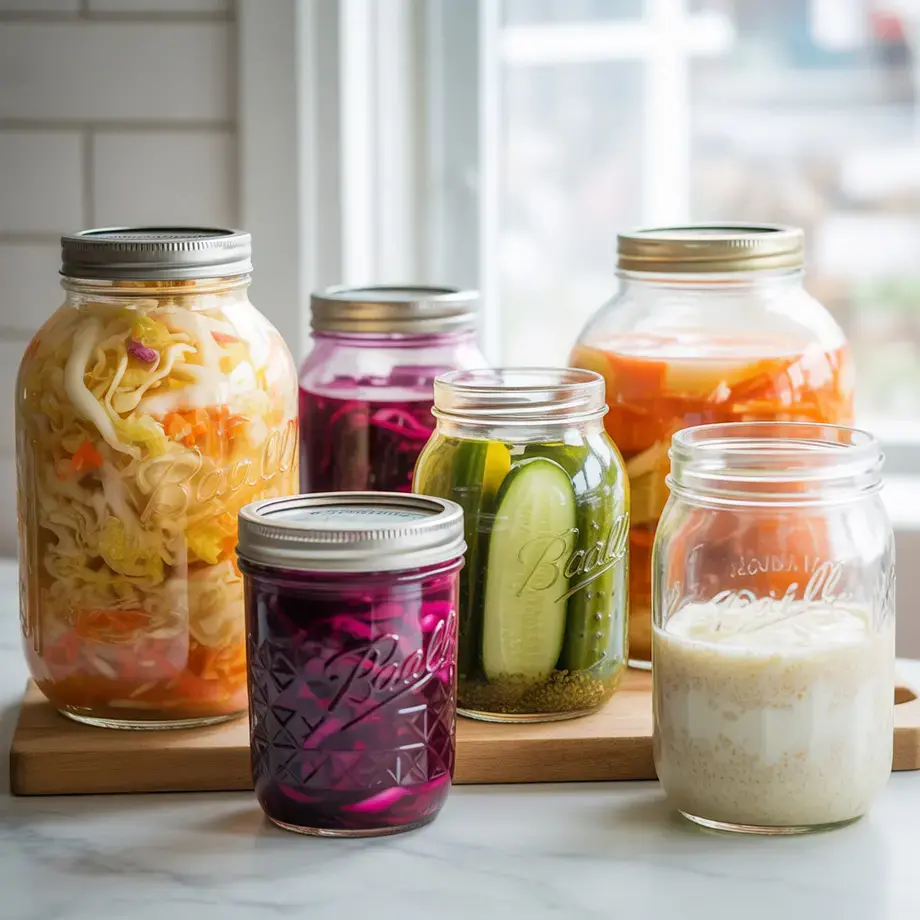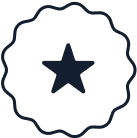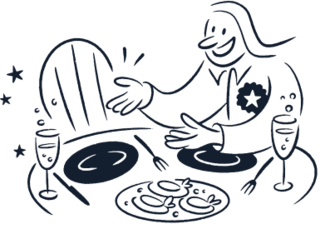There’s a grotesque way to test the quality of a chicken and it involves sports equipment.
“You should always steer clear of a chicken you can push through a tennis racket. The meat should be firm, not mushy,” says farmer Tom Jones, who’s been supplying top London restaurants, including St. John, James Lowe's now defunct Lyle's and The Clove Club, with native breed meat from his Herefordshire farm for over 20 years and now has a butchery in Bermondsey.
To spare yourself the awful clean-up there is an alternative, one simple rule of thumb to ensure you’re getting the best quality bird, says Jones.
“If you want to buy a good chicken, it's just on price. Anything north of sort of £10.”
Jones wants you to buy and eat good meat. I first encountered him at a special talk and dinner event called Common Ground at much loved South London neighbourhood restaurant, Llewellyn’s. There he implored us to make meat seasonality part of the wider seasonality conversation, using the example of how poor most spring lamb is compared to hogget (a sheep between the ages of one and two years old) – more on this later.
Today, when most meats are available all year round, many of us don’t have much inkling of the seasonality of animal flesh and the best times to eat it, beyond maybe that we should be thinking about game in autumn and winter, or lining up a lamb for an Easter spread (don’t, hogget’s where it’s at, more to follow).
Meats like chicken and goat are year-round, but traditionally, meat production would follow the seasonal cycle of farms, with animals given ample time to graze on lush pastures (nutrition is, in the end, flavour) before being slaughtered. This would often mean an autumn cull, with farmers having limited feed to take the animals through the winter. Fat cattle, for instance, would be picked off, meaning the autumn to early winter would be the best time to eat beef. This still holds true today.

